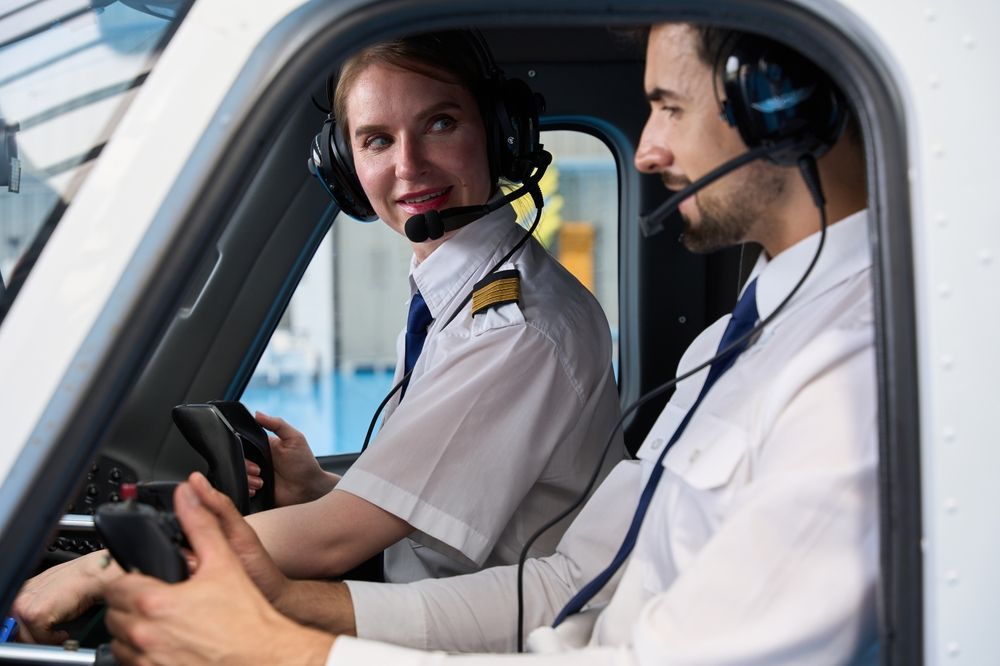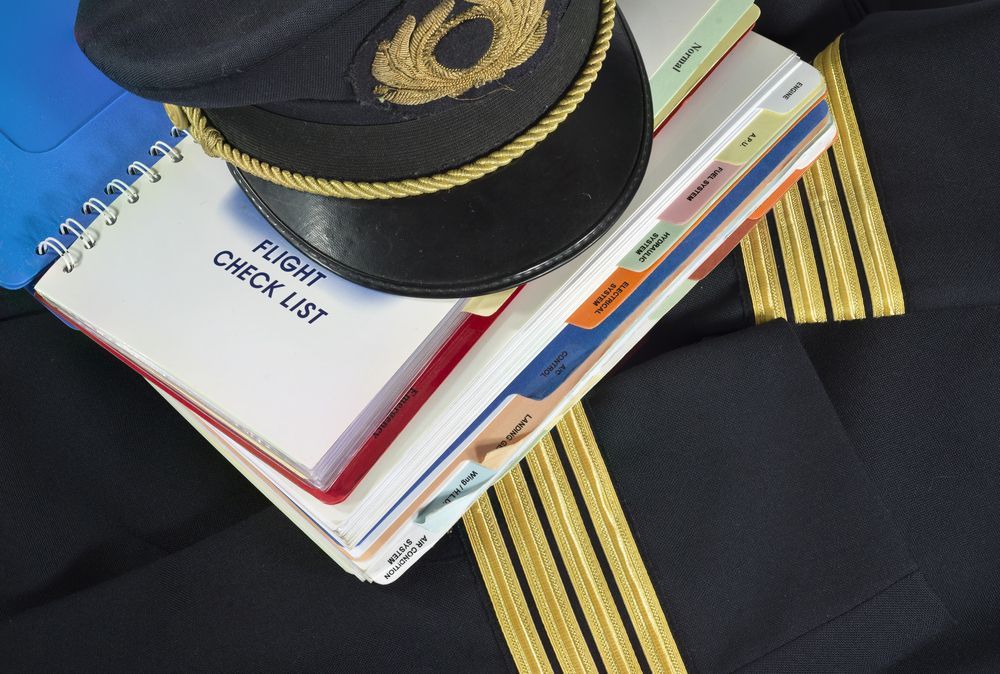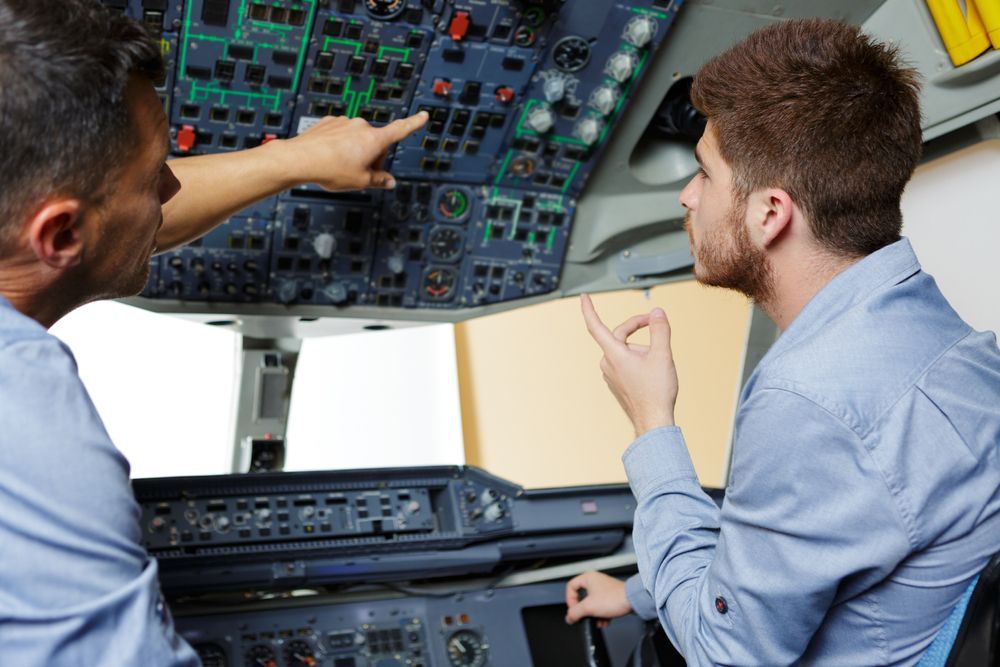Steps to Becoming a Pilot After High School
Share this article:
Starting an aviation career can happen sooner than most people think. For
high school graduates ready to dive into professional flight training, there’s a direct path forward. The right flight school provides structure, support, and a clear timeline toward becoming a professional pilot. At
JA Flight Training, students gain access to experienced instructors, strong airline partnerships, and a program built to help you move quickly from student to
career pilot.
What It Takes to Become a Pilot After High School
Starting flight training after high school requires a mix of dedication, discipline, and clear direction. Pilots must learn to make quick decisions, follow procedures, and stay calm under pressure. Success in aviation also depends on strong communication skills, attention to detail, and the ability to manage both technical and situational tasks.
Training begins with the basics, but reaching a professional level takes time and consistency. Students who stay organized, show up prepared, and stay focused on their long-term goals are more likely to progress smoothly through each stage of certification.
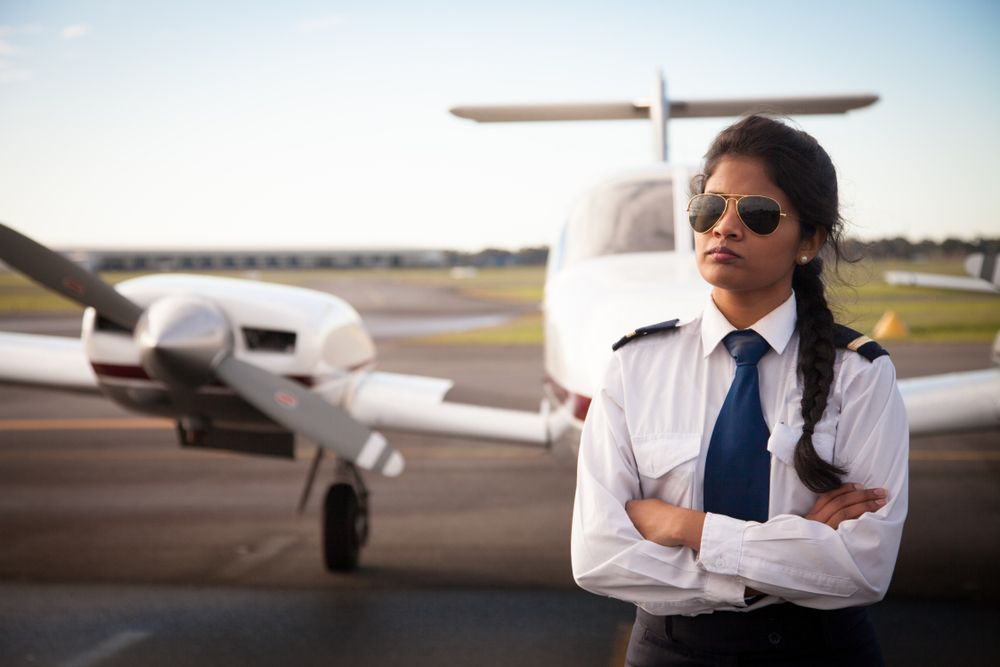
Key Considerations for High School Students
Getting started in aviation right after high school takes more than just an interest in flying. Students should look ahead at their education options, understand the time required for flight training, and make sure they meet FAA medical standards. Planning early sets the stage for success and helps keep training on track.
Educational Pathways
There’s more than one way to become a pilot, but your education plan plays a major role. Some students focus solely on flight training, while others pursue a degree at the same time.
JA Flight Training’s career pilot program supports both options. Students can enroll full-time at JA or pursue a degree through Liberty University Online or Purdue University Global while completing their
flight training. Each path leads to the same goal: becoming a commercial pilot qualified for airline hiring.
Time & Training Commitment
Flight training requires structure, time management, and consistent effort. Students typically spend 18 to 24 months working through their licenses and ratings. This includes flight hours, simulator time, written exams, and checkrides. Most students train several days per week to stay current and make steady progress. JA Flight’s program is designed to keep students moving forward without long delays between training milestones.
Health & Medical Requirements
Before beginning flight training, it’s important to understand the FAA’s medical requirements. Anyone pursuing a commercial flying career will need to pass a First Class Medical Exam through an FAA-authorized Aviation Medical Examiner. The exam checks your vision, hearing, blood pressure, and overall physical and mental health. Getting this step done early helps avoid surprises later and confirms that you're eligible to move forward with training.
How to Become a Pilot After High School: Step-by-Step
Once you’ve made the decision to train after graduation, the path to becoming a professional pilot follows a clear series of steps. Each phase builds on the last, taking you from basic skills to airline-level training. Staying on track through this sequence helps you meet FAA requirements and reach the qualifications airlines look for in new hires.
Earn Your Private Pilot License (PPL)
Your first major milestone is the Private Pilot License. This certificate allows you to fly single-engine aircraft for personal use and lays the foundation for all future ratings. Training includes ground school, instructor-led flight time, solo hours, and a final checkride. Most students at JA Flight complete this step in about three months.
As a private pilot, you can explore new destinations, plan cross-country flights, and take friends or family along for the ride. While you can't fly or operate flights for commercial purposes, this certificate gives you the freedom to enjoy aviation on your own terms and build valuable experience.
Enroll in Advanced Flight Training
After earning your PPL, the next step is to complete your Instrument and Commercial ratings. These certifications expand your skills and prepare you to fly in more complex conditions, including low visibility, controlled airspace, and multi-leg trips. Students can typically complete both ratings in about 6 to 7 months.
JA Flight’s advanced flight training uses a mix of simulator time, instructor-led flights, and scenario-based learning. Up to 40% of the required flight time for the Instrument rating and 50 hours toward the Commercial rating can be completed in simulators. This saves students time and cost without reducing the quality or effectiveness of training.
Build Your Flight Hours
After earning a Commercial Pilot License, most students have between 250 and 300 total flight hours. To move forward in your training and meet airline hiring minimums, you’ll need significantly more time in the air. JA Flight offers two structured, paid options to help students build flight experience in a real-world setting.
Graduates can either become Certified Flight Instructors at JA Flight or transition into the Southern Airways Co-Pilot Program. The Southern route can lead to 2,000 flight hours and a direct opportunity at SkyWest Airlines. Flying as a CFI is another proven option, allowing pilots to graduate with 1,500 hours and strong job prospects at regional carriers.
Obtain Your Commercial Pilot License
The Commercial Pilot License (CPL) allows you to fly for compensation. Training includes more complex aircraft, advanced maneuvers, and higher standards of precision. Most students at JA Flight reach this point about seven months into the program if they’re starting from zero. Those entering with credit for a Private Pilot License typically complete it in just five months. This certification marks a key step for anyone working toward an airline career and the point where flying becomes a paid profession.
Earn Your Airline Transport Pilot (ATP) Certificate
To fly for an airline, you must earn the ATP certificate. This is the highest FAA-issued pilot certification and requires at least 1,500 total flight hours. JA Flight supports students through the process and offers access to programs that make hour-building more efficient. The ATP marks the final step before applying for airline jobs.
Apply to Regional or Major Airlines
Once you meet the qualifications, you can start applying to airlines. JA Flight’s training prepares you for both regional and major carrier hiring standards. Through partnerships and strong career support, graduates gain access to real opportunities, including the Southern Airways pathway and connections to Southwest. These links give students a clear route to a professional flying career.
Start Your Journey at JA Flight Training
JA Flight Training gives you the structure, support, and airline connections you need to launch your flying career. From day one, you’ll train with experienced instructors using proven methods and industry-standard equipment. Our partnership with Liberty University and direct pathways to carriers like Southwest and SkyWest make us a trusted choice for career-minded students.
Contact us today to take the first step toward becoming a professional pilot.
Connect with Us:
